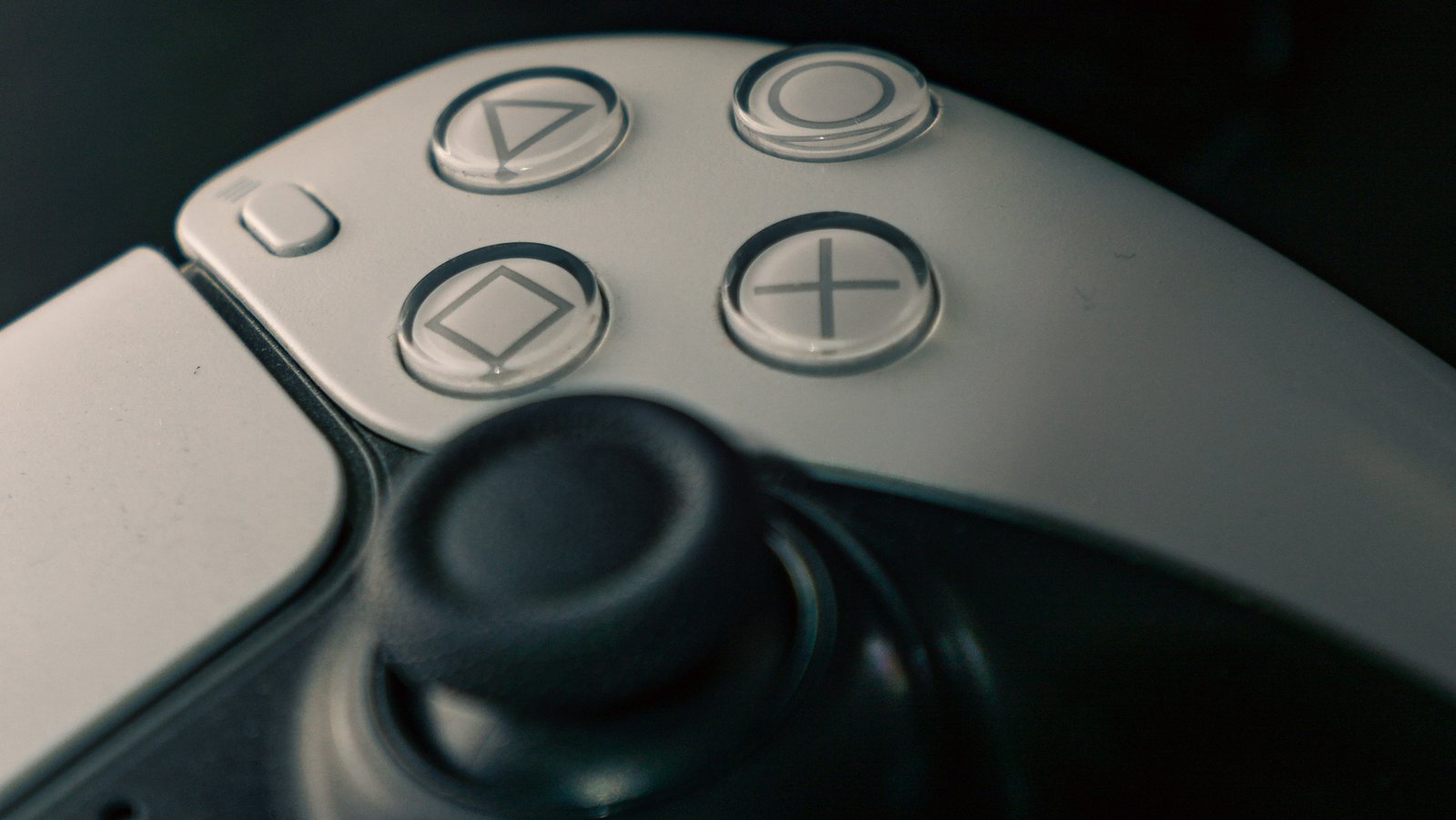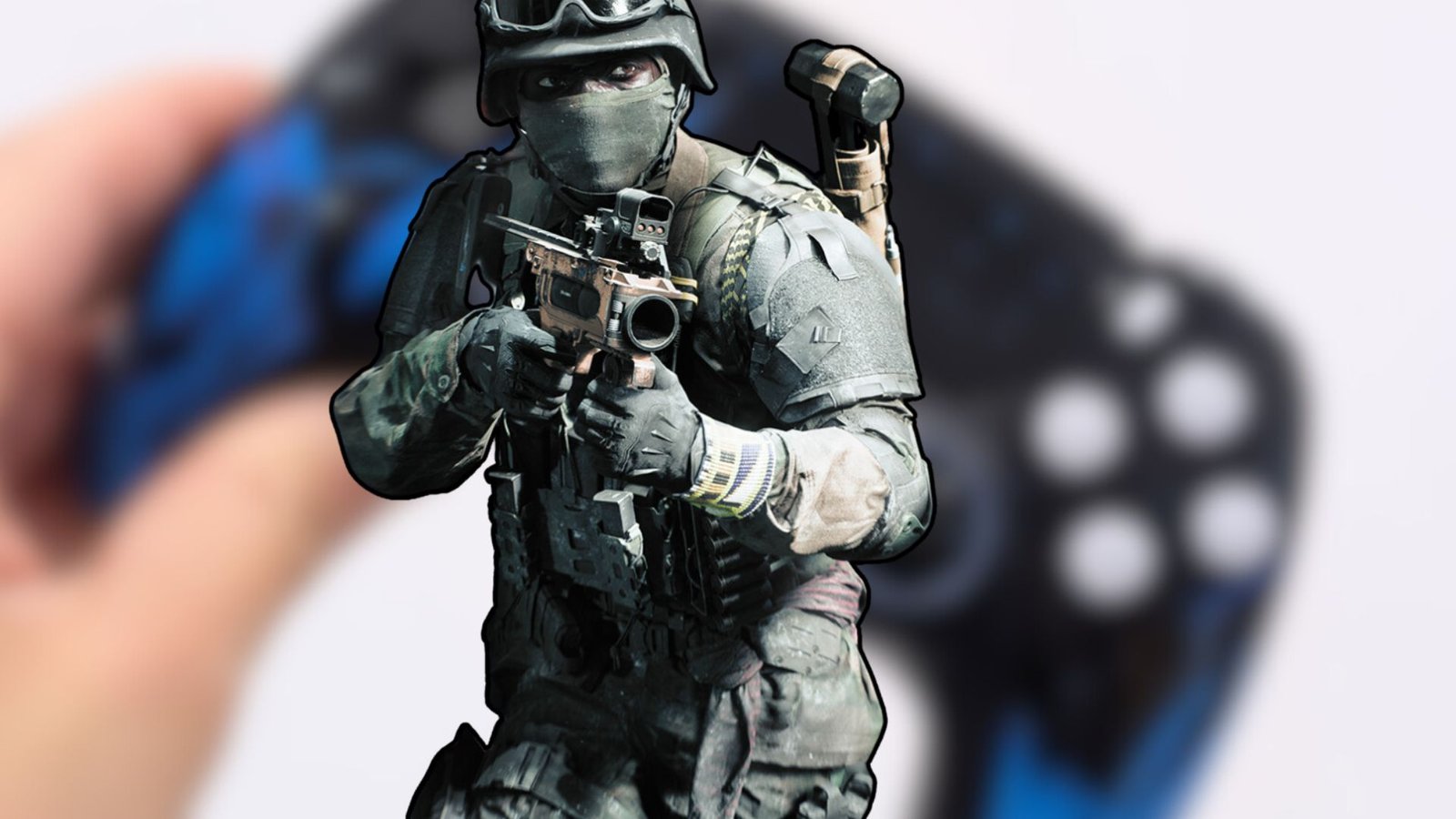
DualSense vs Custom PS5 Controllers: Where Stock Falls Behind
The DualSense was a game-changer. It changed expectations for what a gaming console’s controllers can do. Improving on the ergonomics and features of the DualShock
There's currently a 5 business day wait on new orders - The Team

Sony did an amazing job with the DualSense. A major improvement over the already impressive DualShock line of controllers, the DualSense is an impressive piece of hardware. But they work hard. Specifically, you work them hard. Between adaptive triggers, haptics, long play sessions, and fast inputs, the DualSense experiences more mechanical demand than older PlayStation controllers. That also means wear and other common problems show up sooner. The good news? Many early issues aren’t permanent.
With the right upkeep, you can delay common faults and understand when it’s finally time to hand the pad to professionals.
Disclaimer: This DualSense maintenance guide is built on practical steps you can do at home, without guessing or risking damage. None of this replaces professional repair, but it helps you arrive there informed, prepared, or sometimes not at all.
Most DualSense problems start small. Dust works its way into stick housings, oils reduce grip texture, and particles lodge under button contacts. These micro-intrusions eventually turn into drift, sticky inputs, or inconsistent clicks. Cleaning early interrupts that cycle.
Start with the outside. Use a dry or lightly dampened microfiber cloth (water only). Wipe the shell, analog sticks, and touchpad in slow, circular motions. Grime buildup around the stick stems is normal and easy to remove with:
Avoid liquid cleaners, rubbing alcohol, or disinfecting sprays near gaps or seams. These can degrade internal sensors and soften rubber compounds under the stick caps, resulting in premature wear and damage.
Don’t forget the triggers. Hold L2 or R2 to expose the hinge gap, blow compressed air along the edge, then gently exercise the trigger 6–8 times to shake out hidden dust. Sticky triggers often mimic mechanical wear, but a surprising number need debris cleared from their rails.
When cleaning helps:
When cleaning won’t help:
For the second list, you’re beyond routine DualSense maintenance. That’s when it’s smarter to move straight to proper diagnostics and part replacement through services like Stick Drift Repair, where internal modules are replaced rather than endlessly “tuned” or blown out with air.
Most controller failures don’t happen overnight. They announce themselves in small, repeatable ways. The problem is that players adjust their hands and timing to compensate without realizing it. A delayed trigger pull becomes “normal” until it suddenly isn’t.
Stick drift is the most familiar example. Early signs include:
When drift feels minor, players often push the stick harder or flick it to interrupt the ghost input. That habit increases pressure and accelerates wear. If the movement happens without touch, it’s not calibration, sensitivity, or settings. It’s internal hardware beginning to fail. Cleaning around the stick can sometimes delay it briefly, but once drift becomes consistent, the only real fix is to replace the module.
Buttons show their own early warnings. A face button that returns more slowly than the rest, a D-pad that works in cardinal directions but struggles on diagonals, or shoulder buttons that need an extra push to actuate are all early symptoms of contact wear or debris under the membrane. The key detail here isn’t that the button works eventually, it’s that it doesn’t work the same as the others. That contrast matters.
Trigger wear is easier to feel than to see. Look for:
These don’t self-heal. Springs weaken, rails gather friction, and trigger sensors fall out of alignment. Ignoring it usually turns a simple trigger DualSense maintenance service into a broader repair claim later.
Sticks and buttons fail from use. Batteries and charging ports fail from habits.
The DualSense lithium battery is built for frequent cycles, but not for extremes. Practices that shorten its lifespan include:
A healthier rhythm is partial top-ups, unplugging once charged, and avoiding gameplay on charge unless necessary. If your controller begins losing large chunks of battery life quickly (for example 15–25% drain within 45 minutes of idle), the battery cell is no longer regulating well.
The USB-C port has a different weakness: movement. If the cable wiggles while plugged in, the internal pins take micro-damage with every shift. Early symptoms look like:
These are not cable problems. These are port stability problems. We repair USB-C and related charging faults as part of our controller service options.
When a controller shows a total hardware failure, most people weigh two options: repair it or replace it. On the surface, replacement looks easy. It’s instant. No waiting. No diagnosis. However, the choice isn’t as straightforward as simply spending more on a new controller.
The DualSense uses the same mechanical architecture in every retail unit. Potentiometer-based sticks wear at the sensor track, trigger springs lose tension with repetition, and USB-C ports loosen from cable movement. Replacing the controller doesn’t eliminate the point of failure. It resets the clock on it.
Sending in your controller for repairs to us or having it upgraded means:
A controller with a new analogue module or refreshed trigger assembly has the potential to outlast a brand-new unit that still carries the same factory weak points, especially with proper DualSense maintenance.
This isn’t to say that replacement doesn’t work. When the controller has severe structural damage or the cost of multiple repairs outweighs its value, then by all means get yourself a custom PS5 controller. Repairs are best when problems are isolated to sticks, triggers, buttons, or the charging path.
Just remember that DIY controller repairs can only do so much. A proper repair swaps the component entirely, even upgrading it in most cases.
One reason our controllers tend to last longer in practice is modular thinking. When a controller is built with part replacement in mind, each failure becomes less disruptive. We’ve built each controller so that we can service sticks, triggers, remap systems, and button assemblies independently. That design lowers long-term cost, because one worn piece doesn’t mean you need to replace it entirely.
For players using custom PS5 controller features such as ClickSticks or the Interchangeable Analogue System (IAS), modularity adds another benefit: you can update or adjust parts without changing the controller.
Long-term controller health is rarely about one perfect step. It’s about stacking small habits that reduce strain on the parts that fail first, namely:
None of these steps removes the possibility of failure. They change the timeline.
When a controller does need repair, sending it in properly avoids creating new problems in transit. If you’ve explored the steps above and the issue is clearly internal, take a minute to prep it well.
Before shipping to The Controller People:
A clear fault description is not long. “Left stick drifts up when untouched, worse after 20 minutes” tells more than a paragraph of guesses. Technicians can work faster when they know where the problem starts.
DualSense controllers are impressive, but they aren’t immortal. The goal isn’t to avoid every failure. It’s to spot the small ones early, stretch the lifespan of the parts that matter most, and choose repair when that option makes more sense than replacement.
When you hit that point, we can handle stick modules, triggers, USB-C ports, buttons, and full diagnostics through our repair services. If you’re unsure what your controller needs, send a note to hello@thecontrollerpeople.com or start a request through the contact page.
A well-maintained controller isn’t just durable. It plays better for longer, feels predictable in your hands, and lets you enjoy these PS5 games without interruptions you didn’t ask for.

The DualSense was a game-changer. It changed expectations for what a gaming console’s controllers can do. Improving on the ergonomics and features of the DualShock

Winning in a competitive shooter on PS5 is about input speed, trigger timing, stick precision, movement freedom, and camera control, which are things that you

Electronic Arts, DICE, and Battlefield are back. While the franchise has always rewarded precision, speed, and control in equal measure, Battlefield 6 is a return

The dreaded PS5 Controller stick drift turns old reliable into an annoying piece of hardware. The camera slides when your thumbs are idle, menu selections
Will get back to you pretty quick!
No comment yet, add your voice below!